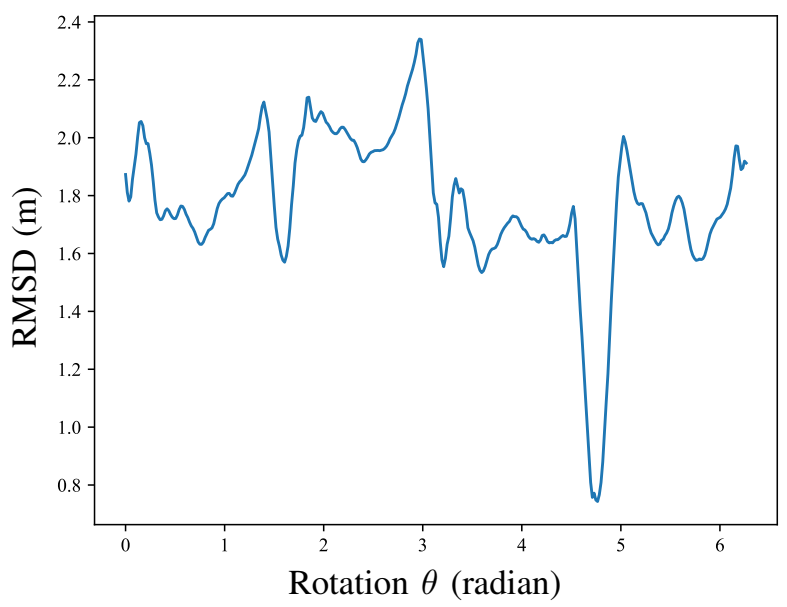
This authentication occurs automatically,Īnd it is not possible to sign out of an IP authenticated account.Ĭhoose this option to get remote access when outside your institution. Typically, access is provided across an institutional network to a range of IP addresses. If you are a member of an institution with an active account, you may be able to access content in the following ways: Get help with access Institutional accessĪccess to restricted content on Oxford Academic is often provided through institutional subscriptions and purchases.
Inpaint 4.3 register verification#
We further evaluate the performances of the proposed inpainting methods to recover the gravitational wave signal on a simple example involving verification Galactic binaries recently proposed in LISA data challenges. Additionally, we highlight that the proposed algorithm produces a statistically consistent ungapped noise estimate.

We thoroughly show that sparse inpainting yields an accurate estimation of the gravitational imprint of the Galactic binaries.

This calls for the joint recovery of both the ungapped noise and the Galactic binary signal. In contrast to traditional inpainting approaches, noise statistics are known theoretically on ungapped measurements only. Inspired by advances in signal processing, we introduce a non-parametric inpainting algorithm based on the sparse representation of the Galactic binary signal in the Fourier domain. Whether being planned or not, gapped data reduce our ability to detect faint signals and increase the risk of misdetection. However, the detection of Galactic binary gravitational wave signals is challenged by the presence of gaps in the data. Our tests also show that the inpainting computation time increases linearly as a function of the number of pixels or voxels with slope just around 0.5.The forthcoming space-based gravitational wave observatory LISA will open a new window for the measurement of Galactic binaries, which will deliver unprecedented information about these systems. We also show that a couple of test results are better than those from some competitive alternative techniques up to 50%. We demonstrate the performance of the proposed algorithm, in several test cases, which include an Magnetic Resonance Imaging of a two-year-old and a Computed Tomography scan of a Covid-19 patient. The Constraint Bilateral Smoother is designed to smooth the boundary of area or volume, respecting the given slice data. The last step is to smooth the outcome from the second step using a Constraint Bilateral Smoother.
Inpaint 4.3 register series#
We interpret the DMD as a solution to the inverse problem and apply an appropriate continuous extension of DMD to fill the missing time series data. Dynamic Mode Decomposition is an equation-free modeler, which is designed to construct the discrete dynamical operator considering slice data as a time series data. The second step is to obtain, from these smoothed data, an operator that reconstructs them via Dynamic Mode Decomposition.

Given one-dimensional or two-dimensional slice data, our algorithm first performs a simple algebraic presmoothing of the data, e.g., Gaussian filters. The algorithm is applied to reconstruct area or volume from one-dimensional and two-dimensional slice data. In this paper, we present an algebraic, graph theoretic and data-based image inpainting algorithm.


 0 kommentar(er)
0 kommentar(er)
